What is a septic tank? If you live in a rural or suburban area without access to centralized sewer systems, chances are your home depends on this essential waste management system. A septic tank plays a critical role in treating and disposing of household wastewater safely and efficiently.
Proper knowledge of how septic tanks work, their components, and the importance of maintenance is key to avoiding costly repairs or environmental hazards. In this guide, we’ll explore the septic tank system in detail, highlighting its significance in sustainable waste management and offering actionable maintenance tips.
Table of Content
- The Function of a Septic Tank
- How Does a Septic Tank Work?
- Components of a Septic Tank System
- The Role of Septic Tanks in Waste Management
- Why Septic Tank Maintenance is Crucial
- Septic Tank Maintenance Tips
- Signs of Septic Tank Problems
- Septic Tanks vs. Sewer Systems
- Common Myths About Septic Tanks
- Septifix
- Septic Permit Links by State
A septic tank is an underground, watertight chamber typically constructed from concrete, fiberglass, or plastic. It serves as the primary component of an on-site wastewater treatment system, designed to separate solid waste from liquid effluent, which then flows into a drain field for further treatment.
Septic tanks are commonly used in areas lacking access to municipal sewer systems, providing an eco-friendly, self-contained solution for managing household wastewater.
The Function of a Septic Tank
The tank’s purpose is to:
- Separate Waste: Divide solids, oils, and greases from water.
- Pre-Treat Wastewater: Facilitate the breakdown of organic materials by anaerobic bacteria.
- Store Sludge and Scum: Retain solids for periodic removal.
- Discharge Effluent: Allow partially treated water to flow into a drain field.
How Does a Septic Tank Work?
The process of wastewater treatment in a septic tank involves several steps:
1. Wastewater Enters the Tank
All water from your household plumbing flows into the septic tank via the inlet pipe. This includes water from sinks, toilets, showers, and washing machines.
2. Separation of Solids and Liquids
Inside the tank:
- Sludge: Heavy particles settle at the bottom, forming a layer of sludge.
- Scum: Oils, fats, and lighter materials float to the surface.
- Effluent: The liquid layer in the middle is partially treated water.
3. Bacterial Action
Anaerobic bacteria in the tank break down organic materials, reducing the volume of solid waste and converting it into simpler compounds.
4. Effluent Discharge
Effluent flows out of the tank through the outlet pipe into the drain field, where it undergoes natural filtration by soil and microbes.
Components of a Septic Tank System
Understanding the key components of a septic system can help you appreciate its functionality and identify potential issues.
1. The Septic Tank
This is the main chamber where waste is collected, separated, and partially treated. Tanks vary in size depending on household needs, with typical capacities ranging from 1,000 to 2,000 gallons.
2. The Drain Field (Leach Field)
Effluent flows from the septic tank into a network of perforated pipes buried in gravel or soil. The drain field disperses effluent over a large area, where it undergoes natural filtration and biodegradation.
3. Soil Absorption
The surrounding soil acts as a biological filter, removing contaminants like bacteria and nutrients before effluent reaches groundwater.
4. Baffles or Tees
These structures inside the septic tank prevent scum and sludge from clogging the inlet and outlet pipes, ensuring smooth wastewater flow.
The Role of Septic Tanks in Waste Management
Septic tanks are indispensable for homes without access to public sewer systems. Their role in waste management extends beyond convenience to include:
- Environmental Protection: By safely treating wastewater, septic systems prevent pollutants from contaminating water sources.
- Public Health Safeguard: Proper waste management reduces exposure to harmful bacteria and viruses.
- Cost Efficiency: A well-maintained septic system is more affordable over time compared to paying for sewer services.
Why Septic Tank Maintenance is Crucial
A neglected septic system can lead to costly repairs, environmental damage, and health risks. Here are key reasons to prioritize maintenance:
1. Avoid System Failures
Overfilled tanks or clogged drain fields can cause backups, foul odors, and untreated wastewater leaks.
2. Protect the Environment
A malfunctioning septic system can release harmful pollutants, contaminating nearby soil and water.
3. Extend System Lifespan
Routine inspections and timely pumping can extend the life of your septic tank by preventing premature wear and tear.
Septic Tank Maintenance Tips
1. Pump Your Tank Regularly
Septic tanks should be pumped every 3-5 years, depending on household size and water usage. Consult a professional to assess your specific needs.
2. Use Water Wisely
Avoid overloading the system with excess water by fixing leaks, using water-efficient appliances, and staggering laundry loads.
3. Be Mindful of What You Flush
Do not flush non-biodegradable items like wipes, feminine hygiene products, or grease. These can clog pipes and disrupt bacterial activity.
4. Schedule Annual Inspections
Have a licensed professional inspect your system annually to detect and address minor issues before they escalate.
5. Protect Your Drain Field
Avoid driving or parking over the drain field, and do not plant trees or shrubs nearby, as roots can damage pipes.
Signs of Septic Tank Problems
Recognizing early warning signs can save you from costly repairs:
- Slow Draining Fixtures: May indicate blockages in the tank or pipes.
- Sewage Backups: A clear sign your tank is overfilled or the drain field is failing.
- Unpleasant Odors: Often caused by leaks or improper tank operation.
- Lush Grass Over the Drain Field: Could signal effluent seepage due to system overload.
- Pooling Water: Indicates a saturated drain field or tank malfunction.
Septic Tanks vs. Sewer Systems
| Feature | Septic Tank | Sewer System |
|---|---|---|
| Installation Cost | High initial cost | Typically covered by taxes |
| Monthly Costs | Minimal | Ongoing utility fees |
| Maintenance | Homeowner responsibility | Municipality responsibility |
| Location | Rural areas | Urban or suburban areas |
While both systems manage wastewater, septic tanks are ideal for self-sufficient, off-grid solutions.
Common Myths About Septic Tanks
1. “You Never Need to Pump a Septic Tank.”
False! Regular pumping is crucial to prevent sludge buildup and system failure.
2. “Septic Tanks Pollute the Environment.”
Not when properly maintained. A functional system is environmentally friendly.
3. “Additives Eliminate the Need for Maintenance.”
While some additives can enhance bacterial activity, they don’t replace the need for regular pumping and inspections.
What Types of Regional Soil Work Best for Septic Systems?
Septic Tanks in Rural Areas: A Practical Guide for Homeowners
Directory | Wyoming Septic Service Providers : Best Professionals
Directory | Wisconsin Septic Service Providers | Part 3
Directory | Wisconsin Septic Service Providers | Part 2
Directory | Wisconsin Septic Service Providers | Part 1
Directory | West Virginia Septic Service Providers : Best Professionals
Winter Pumping: Should You or Shouldn’t You?
Septifix
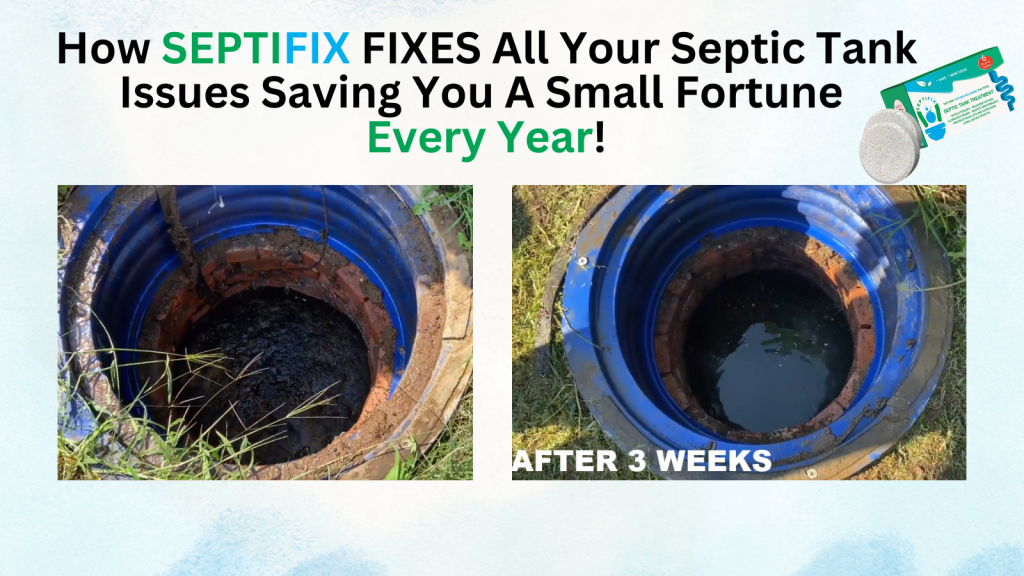
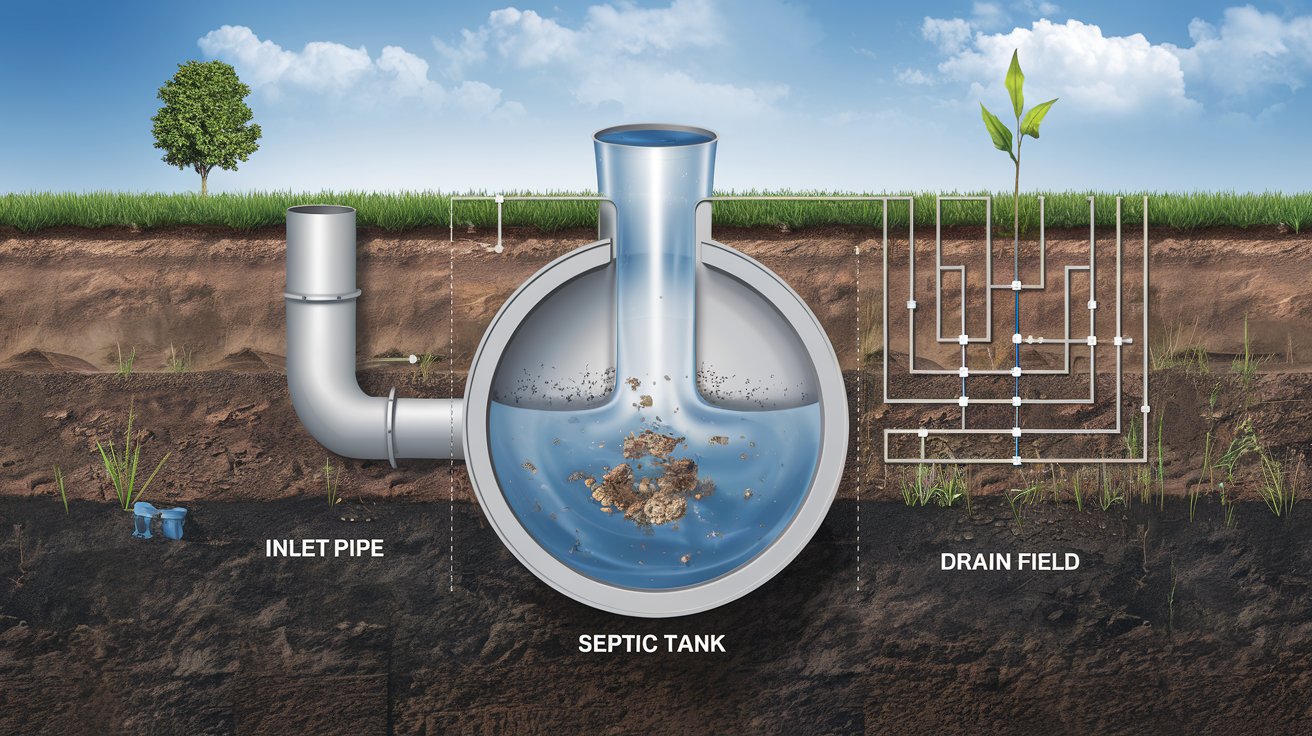
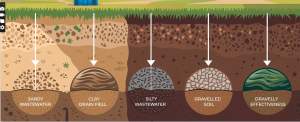

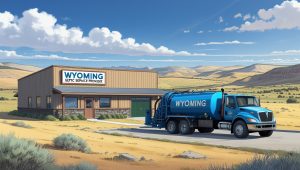
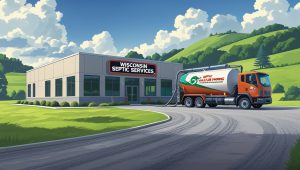
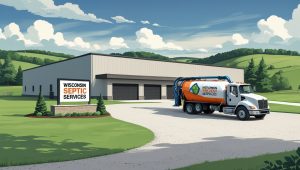
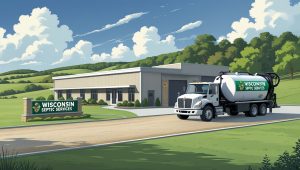
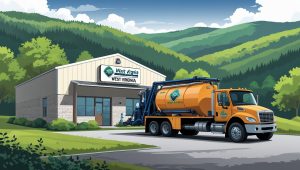

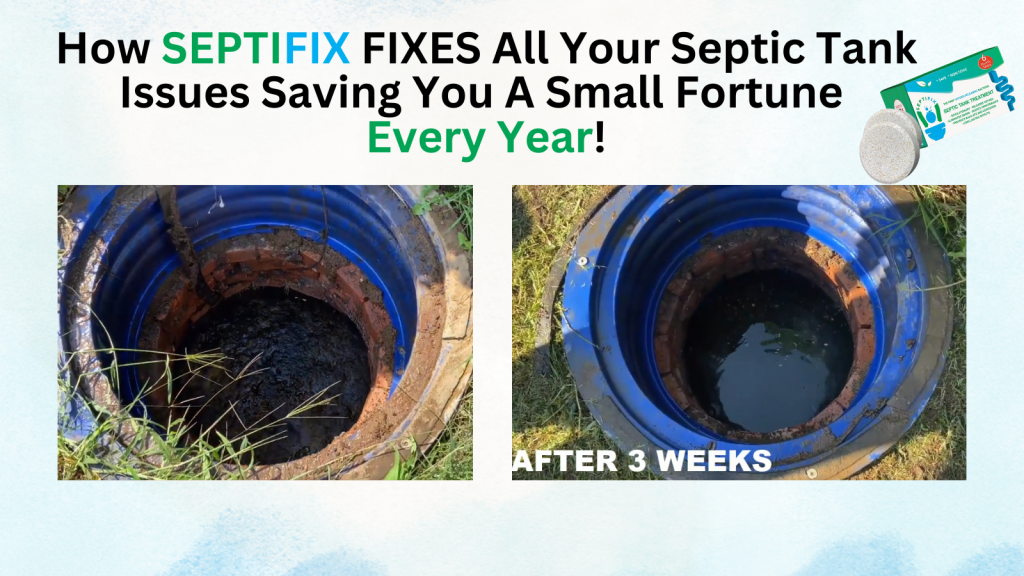
[…] Are additives really necessary?They’re not mandatory, but they help maintain healthy bacteria levels, especially if you use a lot of cleaning […]
[…] Is Enough”: While pumping removes solids, treatments maintain bacterial balance and prevent future […]
[…] Septic system regulations are essential for ensuring the safe management of wastewater, public health, and environmental protection. These regulations are a combination of state-specific rules and federal laws that govern the design, installation, maintenance, and operation of septic systems. State regulations are primarily responsible for system details such as size, installation, and maintenance requirements, while federal laws like the Clean Water Act and Safe Drinking Water Act establish broader guidelines focused on water quality and groundwater protection. Understanding the role of both state and federal regulations is crucial for homeowners, property owners, and professionals in managing septic systems effectively and safely. […]
[…] beneficial bacteria in a septic tank play a crucial role in breaking down waste and keeping the system functioning properly. When the balance of […]
[…] your septic system giving you trouble? Septic systems play a crucial role in managing household wastewater, but they […]
[…] A well-maintained septic system relies on regular pumping to function effectively. In addition, without this critical upkeep, waste can seep into your yard, contaminate water sources, and even pose health risks. […]
[…] septic-safe practices can lead to expensive repairs. Septic system repairs, such as replacing a drain field or tank, can cost thousands of dollars. Regular use of […]
[…] of the most significant factors affecting septic tank costs is its size. Septic tanks are sized according to the number of people in a household or the number of bedrooms in a home. For […]
[…] A septic system is a cornerstone of effective wastewater management for homes that are off-grid or lack access to centralized sewage systems. At the heart of this setup lies the septic drain field, also referred to as a leach field, which is essential for treating and dispersing wastewater. But what is a septic drain field, and why is it so important? Understanding its purpose and function can help homeowners maintain their systems effectively, preventing costly repairs and environmental issues. […]
[…] When it comes to septic maintenance, not all tools are created equal. Selecting the right equipment can make a big difference in efficiency and durability. Here are some practical tips to guide your choices: […]